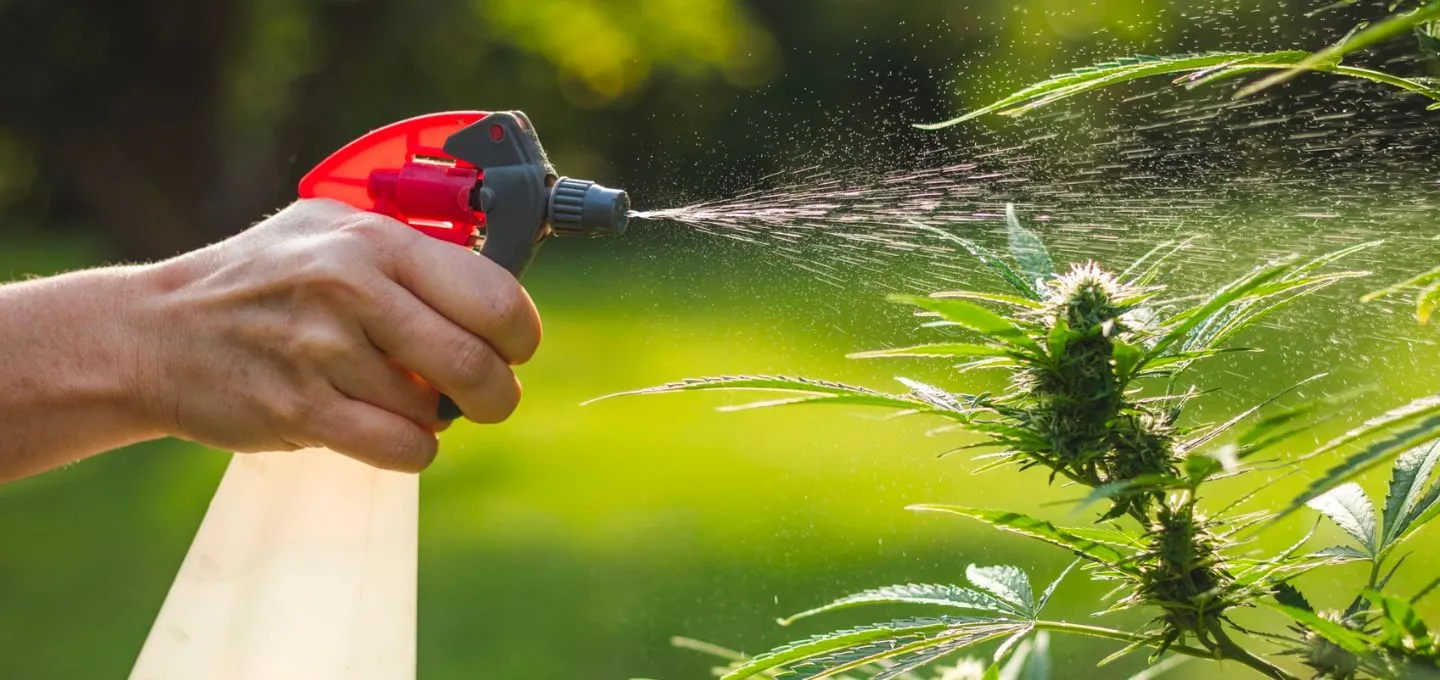What is a Pesticides?
Table of Contents
Pesticides kill, repel, or suppress crop-damaging insects, rodents, fungus, and weeds.
In cannabis cultivation, pesticides help combat common cannabis-loving pests such as spider mites, thrips, powdery mildew, and other mold.
However, pesticide residues left on cannabis buds may be unsafe for smokers or consumers to ingest.
For this reason, many states now regulate which pesticides can be legally used on cannabis plants, particularly late into the flowering stage when buds are developing.
Natural vs. Synthetic Pesticides
Natural and synthetic pesticides exist. Natural pesticides come from plants, animals, microbes, minerals, and other eco-friendly sources.
They often biodegrade quickly and pose fewer risks. Common natural pesticides include neem oil, citric acid, diatomaceous earth and Bacillus thuringiensis (Bt).
Synthetic pesticides are formulated with manmade chemical compounds and persist in the environment much longer, leaving more toxic residues.
Examples are organophosphates, carbamates and pyrethroids. Given the risks with synthetic pesticides, natural options are ideal for cannabis.
Illegal Pesticide Use
Unfortunately, some black-market cannabis growers still use dangerous, banned pesticides like Eagle 20, Avid or abamectin.
These leave behind substantial toxic residue when smoked or ingested. States are cracking down on mandatory pesticide testing to root out any illegal pesticide use and ensure consumer safety.
The best policy for cultivators is to use only legal, non-toxic pest management options, especially late in flowering. This produces the cleanest, safest cannabis.

 Fact Checked by Doctor Name
Fact Checked by Doctor Name